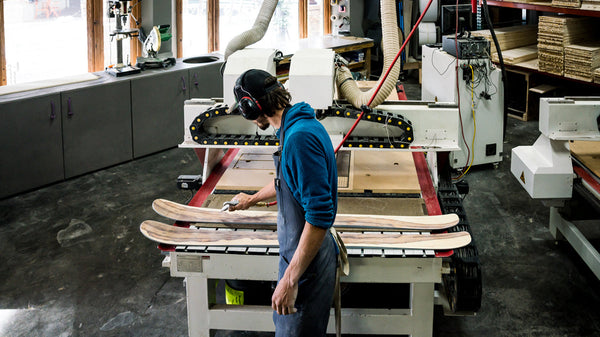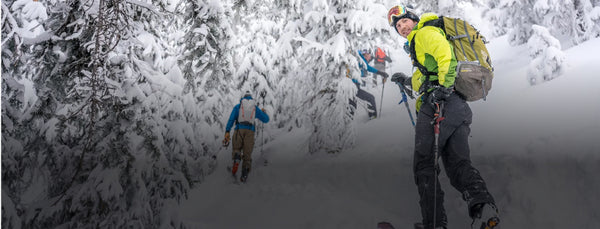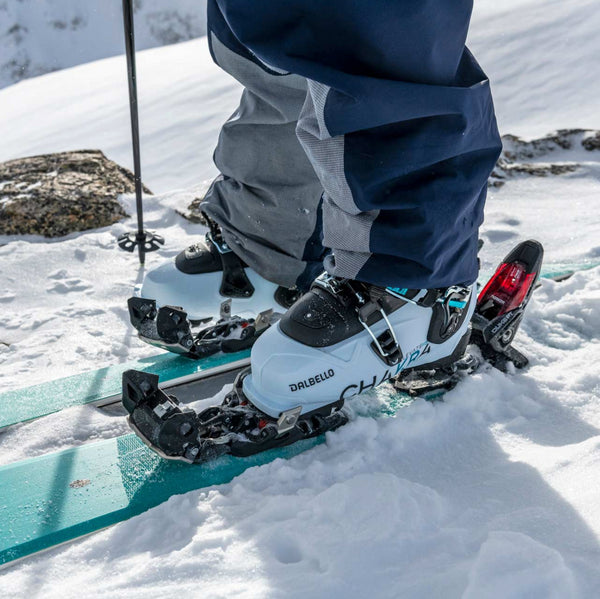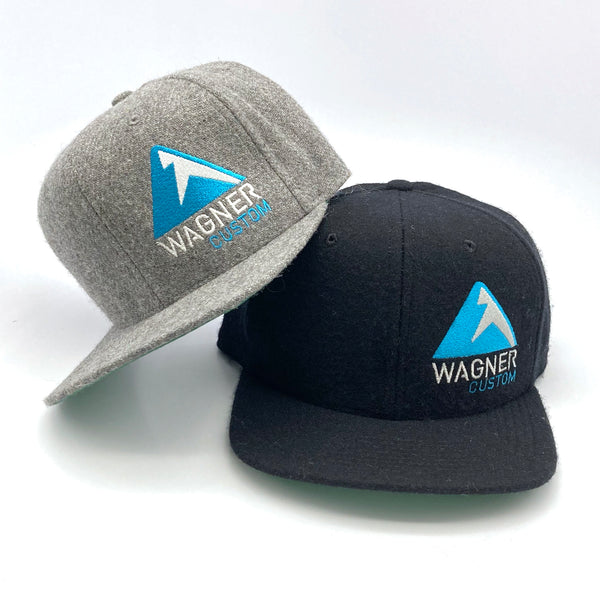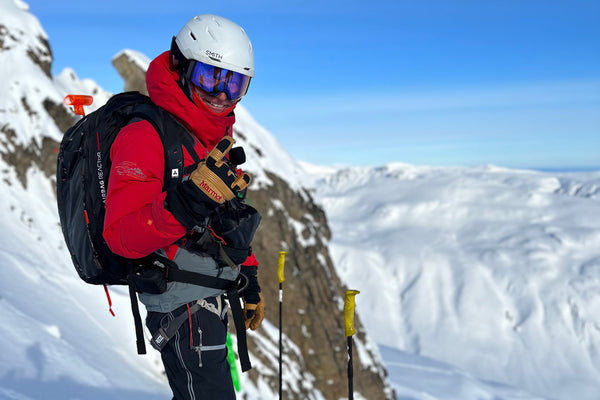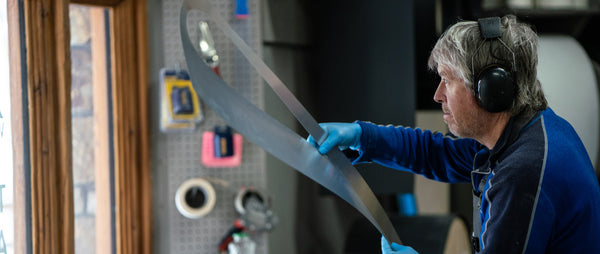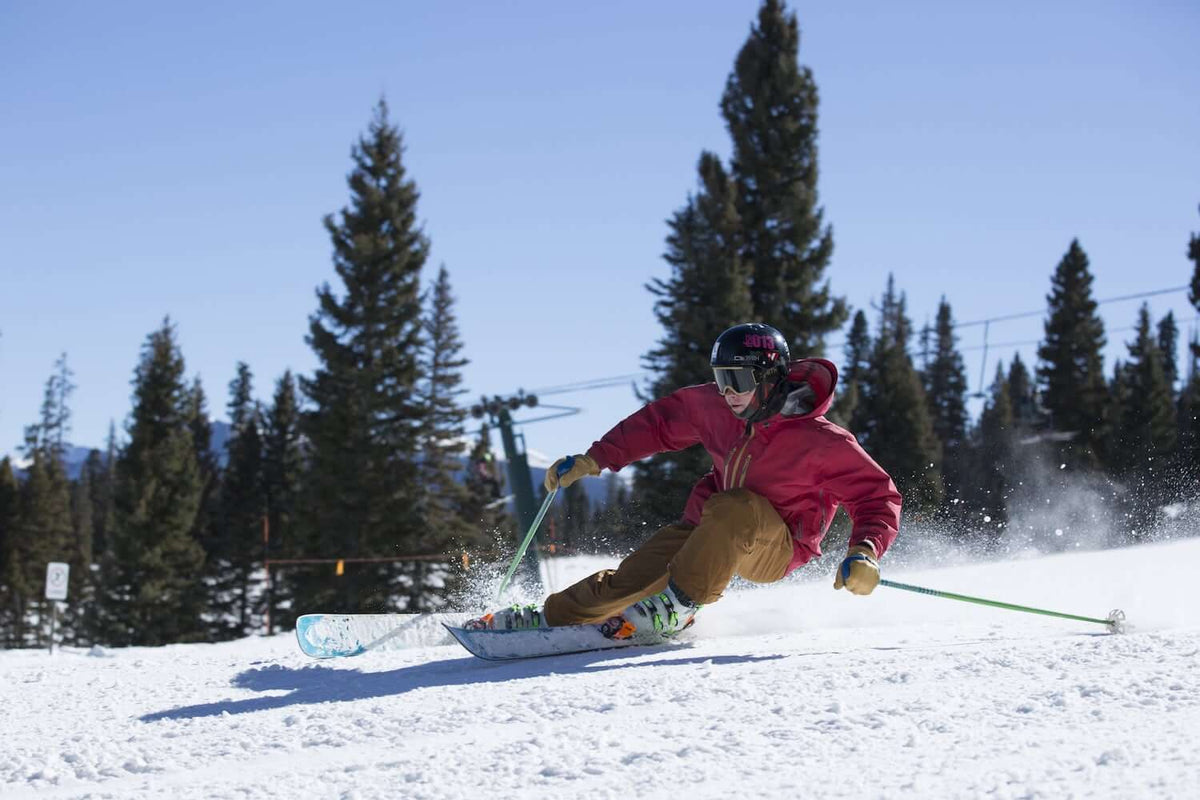
Injury Prevention for Skiers
Maybe you went skiing the day the resort opened. Maybe it wasn't until Spring Break. Regardless, with the first few turns of your season under your belt, it’s time to prepare for an accident-free season.
There are some things you can do both on and off the hill to keep your body performing at a high level. Here, we take a look at how to have an injury-free season.
I like to break injury prevention into three primary categories:
• Strength and mobility: These are things I do before and during the season to keep my body functioning at its optimal level.
• On-slope: Things I stay aware of during my ski day to avoid and minimize injury.
• Recovery: Ongoing practice to keep nagging aches and pains from becoming serious injuries.
Strength and Mobility
In a previous article (Preparing Your Body for Ski Season), I covered a basic pre-season fitness regimen to get your body ready for ski season. Your commitment to overall fitness shouldn’t stop just because the snow started flying and you started skiing. Now, your program requires some modifications and a new focus. Most of us think of skiing as a quad-dominant exercise, and it is, but many knee injuries can be attributed to our quads overpowering the hamstrings and glutes. This leads to imbalance and a knee joint that isn’t as stable as it should be. Knee pain and weakness can also be a direct result of poor hip control, which can give the quadriceps even more power over your knee.
Following are a few simple exercises that focus on the posterior chain (glutes, hamstrings, and lower back). Add these to your routine two or three days a week:
Barbell Hip Thrust
Sit on the floor with your upper back resting against a bench or box, and with your feet directly under your knees and about shoulder width apart. Rest a barbell, dumbbell or other weight on the upper part of your pelvis. Drive your hips upward until your thighs are parallel with the floor then slowly lower back down. Don’t be afraid of weight here, your glutes and hamstrings are strong and capable of moving more than you realize. I generally start people with 40 to 50 percent of their body weight. For sets and reps, generally four sets of six to eight reps is a good balance for skiers.
Modified Reverse Hypers
Lie on your stomach on a table or bench with your legs hanging off the edge, your knees bent, and your hips flexed at approximately 90 degrees. Brace your core, squeeze your glutes, and extend your legs horizontally, straight back behind you. Hold for a few seconds and then return to the starting position. Keep in mind that when the legs are fully extended, your body should be in a straight line from your feet to your head. Try two or three sets of eight to ten reps. Once you can do a set of ten, you can consider light ankle weights, or increase the difficulty by scooting back to reduce the length of your torso resting on the bench. The more of you on the bench, the easier the exercise.
Mobility
The other part of this is mobility – freeing muscles and joints work smoothly for optimum performance. Hips and low back tightness have a direct correlation to imbalance in the legs. My friend Nate Chambers developed this five-minute hip flow routine that I recommend doing every single day. It doesn’t take any special gear and it has done wonders for my mobility.
Yoga, pilates, and barre classes can also improve mobility, flexibility, core strength and overall health. Don’t dismiss them until you try one. Some of these classes are intense!
On-Slope
In my patrol career, I hauled more knee injuries off the hill than I could ever hope to count. For every glorious story of a big jump gone wrong or a bad landing on a cliff huck, there are 100 stories of a simple turn gone wrong or a caught edge. The point is that there are many moments where we let our guard down, and that is when injuries occur. Here are a few simple things to keep in mind on the slopes:
Stay within your ability level.
Pushing big lines for your friends produces great stories later — but many of those stories are told from a hospital bed.
Stay strict, don’t get lazy.
Drive your skis, don’t let them drive you. Keep your hands and weight forward, legs parallel, with your hips, knees and ankles equally flexed.
Don’t fight the falls.
The heroic attempt to recover from an impending yard sale often results in injury. Learn to go down smoothly and gracefully. To see how it’s done, watch a ski race on TV or youtube. When a racer goes down, he or she typically slides on a hip or back and rarely ends up injured. Athletes get hurt when they tumble, or land on an outstretched arm.
Recognize when you’re tired or having an off day.
This is often when we let our guard down and get lazy about technique. Then we get hurt.
Recovery
Everyone wants to finish the ski day with a cocktail and a hot tub, and while the hot tub may be an effective and relaxing short-term recovery tool, there are a few other things you should consider:
Hydration
Properly hydrated muscles are healthy and are able to recover better. With good hydration, you tend to be less sore after a long day. That means you’re ready for the next day.
Foam rolling
I pack a small roller everywhere I go and use it often. It’s great to do while watching TV or relaxing after a ski day. I roll my legs, lower back, lats and arms regularly. The benefits include improved flexibility and joint range of motion, better circulation, stress reduction, and injury prevention.
Massage
Who doesn’t love a massage? Deep tissue and sports-oriented massages are excellent tools for targeting specific areas of the body, flushing toxins and helping the body recover.
Myofascial release and rolfing
Ready to take your massage game to the next level? These practices help restore skeletal muscle mobility and increase range of motion and flexibility. They can be painful sessions to endure, but they have long-lasting benefits.
These are just a few ways to minimize the risk of injury and take care of your body as the ski season progresses. The big key is to listen to the little nagging aches and pains so they don’t become serious, long term conditions.
Here’s to a long and safe season!
--
Article by Jake Hutchinson
Jake has spent more than 25 years working as an avalanche professional. He is currently a lead instructor for the American Avalanche Institute, an avalanche dog handler and trainer and an avalanche safety consultant to the resort and rescue communities. Off the snow, Hutchinson is a Certified Instructor and former Head of Instructor and Seminar Development for Gym Jones in Salt Lake City. He is currently involved in private personal training with an emphasis on high level functional fitness for mountain and military athletes.

